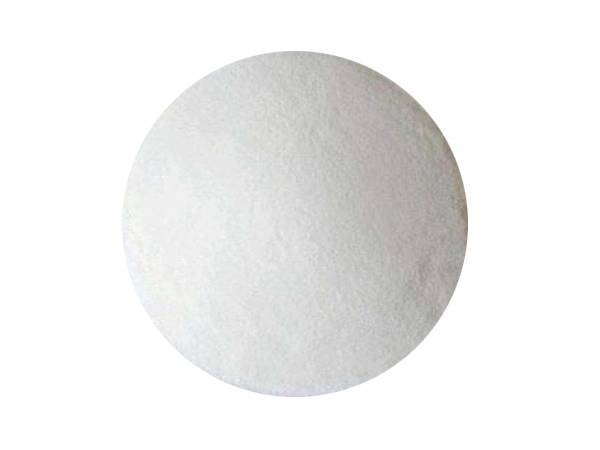



safety data sheet of sodium hydroxide
Safety Data Sheet of Sodium Hydroxide An Overview
Sodium hydroxide, commonly known as caustic soda or lye, is a highly versatile and widely used chemical with significant applications in various industries, including manufacturing, food processing, and water treatment. However, the importance of safety when handling sodium hydroxide cannot be overstated. A Safety Data Sheet (SDS) provides critical information regarding the hazards, handling, storage, and emergency measures associated with this compound.
Chemical Identification
Sodium hydroxide is an inorganic compound with the chemical formula NaOH. It appears as a white solid in its pure form and is highly soluble in water, generating heat through an exothermic reaction. The substance has a strong base, which means it can cause severe corrosion to tissues and materials upon contact.
Hazards Identification
According to the SDS, sodium hydroxide poses several health hazards. It is classified as a corrosive substance, capable of causing severe burns upon contact with skin, eyes, or mucous membranes. Inhalation of its dust or mist can irritate the respiratory system, leading to coughing, shortness of breath, or even more severe respiratory conditions. Ingestion of sodium hydroxide can result in serious injuries to the gastrointestinal tract.
Physical hazards are also a concern. Sodium hydroxide can react violently with strong acids, resulting in the release of hazardous gases and heat. It is crucial to avoid contact with incompatible materials such as metals, ammonium salts, and organic compounds.
Safe Handling and Storage
The SDS outlines essential practices for the safe handling of sodium hydroxide. Personal protective equipment (PPE) is paramount, including gloves, goggles, and face shields to prevent exposure during handling. It is advisable to work with sodium hydroxide in a well-ventilated area or under a fume hood to minimize inhalation risks.
safety data sheet of sodium hydroxide

When storing sodium hydroxide, it must be kept in a cool, dry, and well-ventilated area. Containers should be tightly closed and appropriately labeled. Compatibility with other materials should also be taken into consideration—sodium hydroxide should be stored away from acids and moisture to prevent hazardous reactions.
First Aid Measures
The SDS provides a detailed guide on first aid measures in cases of exposure. For skin contact, it is crucial to remove contaminated clothing and rinse the affected area with copious amounts of water for at least 15 minutes. If sodium hydroxide comes into contact with the eyes, immediate irrigation with water is essential, and medical attention should be sought without delay.
In cases of inhalation, the affected individual should be moved to fresh air immediately. If breathing is difficult, administering oxygen may be necessary. For ingestion, do not induce vomiting; instead, seek medical assistance immediately.
Environmental Considerations
Sodium hydroxide can have detrimental effects on aquatic environments. The SDS emphasizes the importance of preventing its release into water bodies, as this can lead to increased pH levels harmful to aquatic life. Spill management protocols are also crucial to mitigate its environmental impact.
Conclusion
The Safety Data Sheet for sodium hydroxide is an indispensable resource that offers comprehensive information on the chemical’s hazards, handling protocols, and emergency response measures. Understanding and adhering to these guidelines are vital for ensuring safety in environments where sodium hydroxide is present. By prioritizing safety and proper handling procedures, individuals and organizations can minimize the risks associated with this powerful chemical, protecting both human health and the environment.
-
Why Sodium Persulfate Is Everywhere NowNewsJul.07,2025
-
Why Polyacrylamide Is in High DemandNewsJul.07,2025
-
Understanding Paint Chemicals and Their ApplicationsNewsJul.07,2025
-
Smart Use Of Mining ChemicalsNewsJul.07,2025
-
Practical Uses of Potassium MonopersulfateNewsJul.07,2025
-
Agrochemicals In Real FarmingNewsJul.07,2025
-
Sodium Chlorite Hot UsesNewsJul.01,2025










